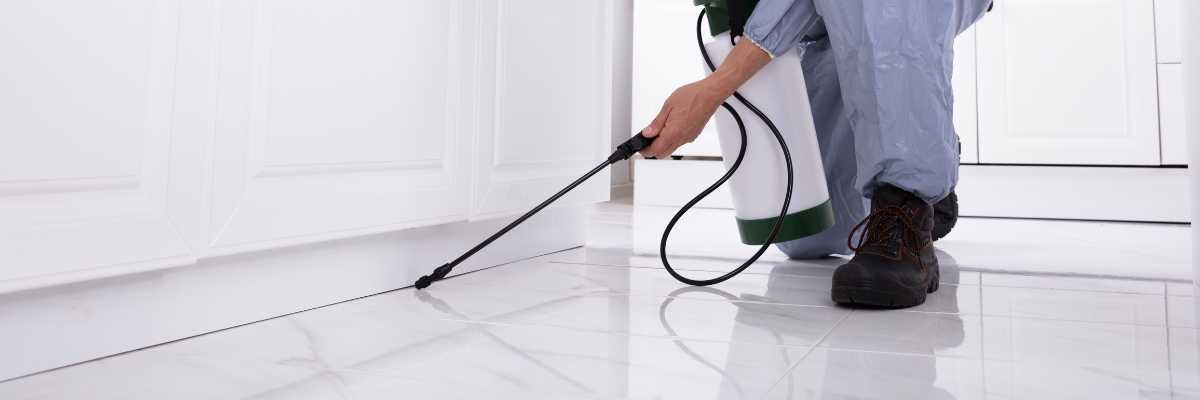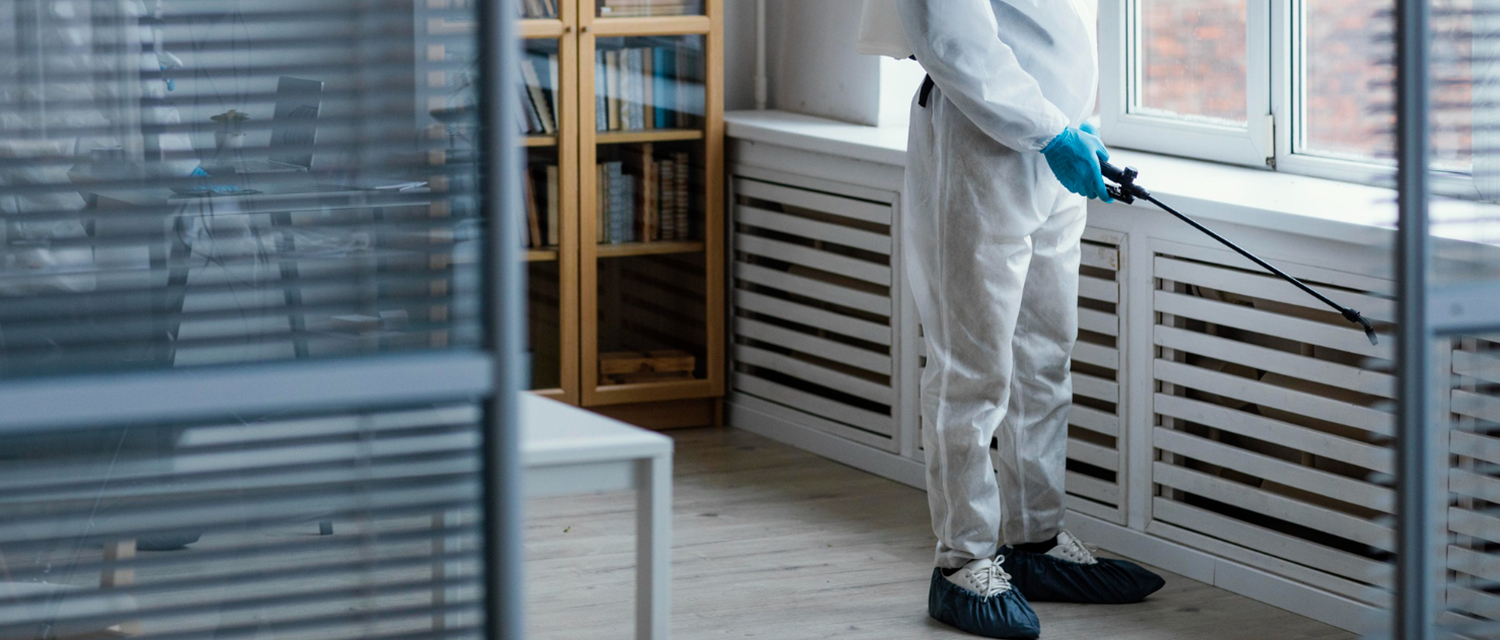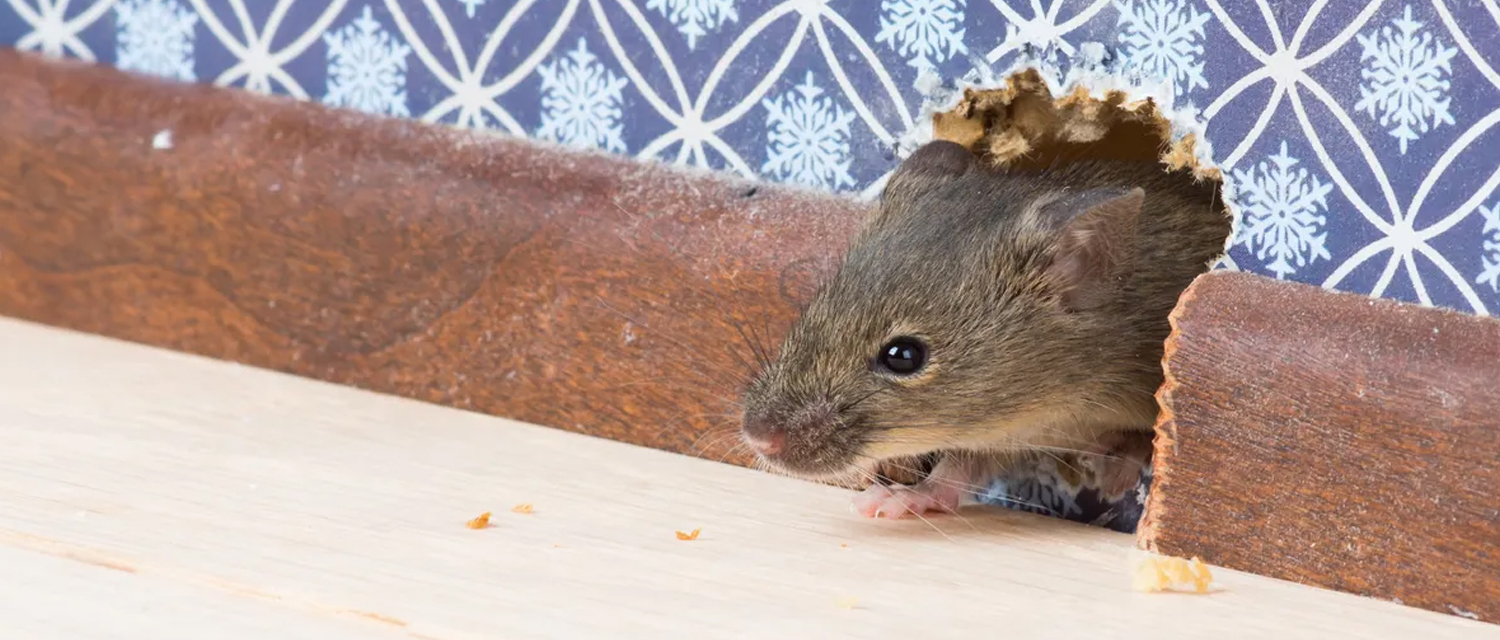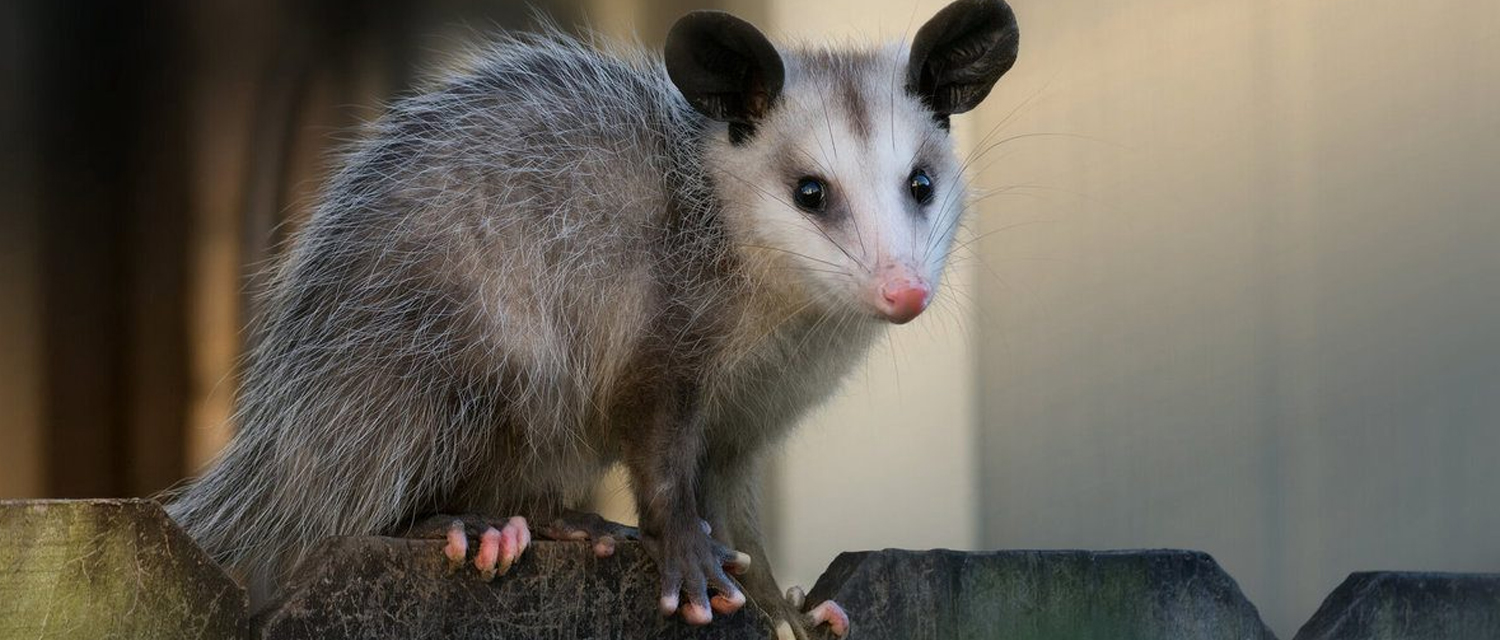Get free quotes within minutes
Is Pest Control Safe For The Home Environment?

Table Of Content
- Introduction
- Pest Control Chemicals And Health Risks
- Does it smell after pest control?
- Do you need to leave the house for pest control?
- Is pest control safe around children and pets?
- Is it safe to be in the house after pest control?
- Can one sleep in the room after pest control?
- How long after pest control is it safe for humans and pets?
- Can you stay in a room after the pesticide spray?
- Is pest control safe after it dries?
- Is pest control safe indoors?
- Is pest control safe outdoors?
- Do you need to clean the house after pest control?
- Conclusion
Pests are harmful organisms that may affect you in many ways. You can observe many kinds of pests in your day-to-day life, such as rodents, insects, birds, and other organisms. They share their habitat with humans and feed on or spoil possessions. They also destroy crops and affect the structural integrity of buildings. Maintaining a safe and healthy environment with the best pest control services is essential.
You can control pests in many ways, including chemical treatments, natural remedies, or traps. But first of all, you have to identify the type of infestation and implement appropriate measures. The best way to control pests is to hire experts and adopt high technology for pest control. But is pest control safe for your home environment? It is the key to safeguarding your home or business from potential damage or health hazards as they prefer regular inspections. This blog will give you all the information about pest control and its causes and effects.
Pest Control Chemicals And Health Risks
Pesticides: Pesticides are used to eliminate various or almost all kinds of pests or unwanted plants such as weeds, insects, fungi, and rodents. Various health risks may occur from the pesticides which include various types of cancer, developmental disabilities in children, neurological disorders, and effects on fertility and reproductive ability. These mainly occur when you engulf the pesticides directly or indirectly.
Rodent Baits: These are used to kill rodents but also cause adverse effects in humans.
Ingestion is one way that poisoning can happen, while inhalation or transcutaneous exposure are less common. Although accidental consumption is more likely in youngsters, most occurrences of poisoning are not dangerous.
Pest Repellents: These are made up of multiple active ingredients and are used to repel almost all kinds of pests. They are not meant to kill pests but only to keep them away to prevent nits and the spread of diseases. The major health risks associated with pest repellents are coughing and respiratory irritation. They can cause stomach and digestive problems if eaten.
Sprays: People traditionally employ different sorts of sprays for different sorts of insects(mosquitoes, fleas, cockroaches, spiders, flies, moths, etc.) but there are different ill effects of these sprays. These are poisonous if ingested, inhaled, or if they come in contact with the eyes or the skin. It results in side effects such as respiratory conditions, allergic reactions, skin problems, or even more dangerous conditions.
Insecticides: Literally, they are those used to eliminate bad insects(mosquitoes, fleas, cockroaches, spiders, flies, moths, etc.), which may be a misconception to some people. These are also, taken in through the skin and can be fatal. The infection can manifest in symptoms such as coughing, breathing difficulties, tearing, or problems with the eyes and heart.
Rodenticides: Even all kinds of rodents such as rats, mice, squirrels, and so on can be poisoned using rodenticides causing a nuisance. They contaminate human biology when consumed and the effects include, permanent impairment of neurological functions, renal and hepatic failures, and sudden death.
Fumigants: They have both complex chemical structures and modes of action. You can use it against mosquitoes, fleas, cockroaches, spiders, flies, and moths. These are toxic to both pests and humans as they have a relatively high vapour pressure. It mainly causes nausea and vomiting, seizures, or even death.
Insect Growth Regulators (IGR): As they prevent reproduction, egg hatching, and molting from one stage to the next, they are fatal for almost all kinds of insects. Generally, these are not very harmful to humans but if applied in large quantities, they become toxic.
Does it smell after pest control?
Many pesticides that are commonly used produce sulfur as their breakdown product which has a bad smell. The smells of some pesticides that are strong and bad may be noticeable for days. When you smell any type of odour, it represents you are exposed to a certain kind of chemical. As the vapours of chemicals are invisible, the only way to know that you have been exposed to certain chemicals is their odour. But some odours are pleasant while some are unpleasant. A pleasant odour does not mean that they are safe for you. The chemical you smell must not be the active ingredient as the active ingredient targets the pest. If the smell produces any kind of symptoms then immediately consult a doctor.
Do you need to leave the house for pest control?
The control of pests results in the production of several chemicals most of which are known to have dangerous impacts on the body of humans when inhaled or absorbed through the skin. Although it can be OK to be present in the house during pest control services it is still wise to leave the house before pest control if you want your family and pets away from toxicity.
Is pest control safe around children and pets?
The entire safety is based on the concentration of pesticides used for pest control. In general, the products used for household insect control are not harmful to humans and pets. However, direct exposure in high amounts can still pose risks. It is always suggested to keep pets and kids away from treated areas if there is no emergency.
Is it safe to be in the house after pest control?
While some pest treatments need residents to leave at all, others may not require them to do so since they utilize harmful pesticides that may require the return of normal air quality before residents may return. It's a good idea to give pest control treatments two to four hours to take effect, regardless of the type of treatment used, and then give yourself an additional thirty minutes to breathe with windows open and fans running to let fresh air in before going back.
Can one sleep in the room after pest control?
You should wait until the pesticide has dried completely before going to bed after performing pest control. The duration of this could vary according to the kind of therapy being administered. Be careful to thoroughly wash your hands and ventilate your home when it's safe to reenter. When returning home after a pest control treatment, abide by the above-mentioned rules to maximize safety and minimize chemical exposure. When you and your family come home, even for overnight stays, these precautions help guarantee that your house is safe and healthy.
How long after pest control is it safe for humans and pets?
Many experts advise 3-4-hour gap is safer. There should be a small window of time following pest control treatments during which pest activity may rise. When these bugs crawl out of their hideouts, they will touch other surfaces that have been treated and get infected and die. Yes, if the preventive maintenance treatments are administered
within the plan the insect activity will significantly reduce in several days and stop completely.
Can you stay in a room after the pesticide spray?
It's a good idea to give pest control treatments two to four hours to take effect, regardless of the type of treatment used, and then give yourself an additional thirty minutes to breathe with windows open and fans running to let fresh air in before going back. Before allowing residents to return, a safety inspection is required for more extensive treatment techniques, such as fumigation. This is because there's a significantly greater chance of pesticide exposure in these situations.
Is pest control safe after it dries?
When pesticides are applied the spray takes approximately 25 minutes to dry approximately. People are often happy to leave their homes during inside treatment carried out by the technicians, so you can close the area. The product cures on the surface it was administered to and starts to work once it solidifies it has no further or any smell in the environment making it safe for kids and animals to come back in.
Is pest control safe indoors?
The type of insecticides and their application determines the safety of any particular insecticide. Use pesticides very carefully around pets and small children since the residue left behind can impact animals and humans in certain conditions. There are usually instructions included with any therapy that leaves residue. It is normally advised to leave the house until the substance has dried when using indoor spray. It is also typically advised to avoid contact with the residue for many hours. For the safest method of applying insecticides, particularly indoors, contact an experienced pest control specialist to handle the job.
Is pest control safe outdoors?
Pesticides can be sprayed by homeowners or pest control businesses on trees, lawns, and around homes. There may be dangers to neighbouring people and animals when insecticides are used outdoors. Product toxicity and exposure to humans, animals, or the environment both affect risk. Every pesticide has a different potential for danger.
Effective use of such choices without causing damage to the rest of the yard is a skill that the top exterior pest control professionals will possess.
Do you need to clean the house after pest control?
Cleaning your home after a pest control treatment is always a good idea. Cleaning has two benefits: it removes the chance of unintentional chemical interaction. On the other hand, it also deters new or returning pests from choosing your house as their home. Yes, following pest control, you can clean when the treatment is dry and the technician has told you when it's safe to do so.
Conclusion
In reality, a lot of insecticides work to control pest populations as planned. They are an insufficient long-term solution with their negative consequences on the environment and human health in certain conditions. Additionally, because insects develop tolerance to most synthetic and natural insecticides, they may become resistant. Thus, comprehensive pest management will be the only workable option going forward with updated pesticides and methods. The logical solution to the pest management issue is provided by certified pest experts.
YOU MIGHT ALSO BE INTERESTED IN
Capital Cities
- Pest Control Services Services in Melbourne
- Pest Control Services Services in Brisbane
- Pest Control Services Services in Sydney
- Pest Control Services Services in Adelaide
- Pest Control Services Services in Perth
- Pest Control Services Services in Canberra
- Pest Control Services Services in Hobart
- Pest Control Services Services in Darwin






